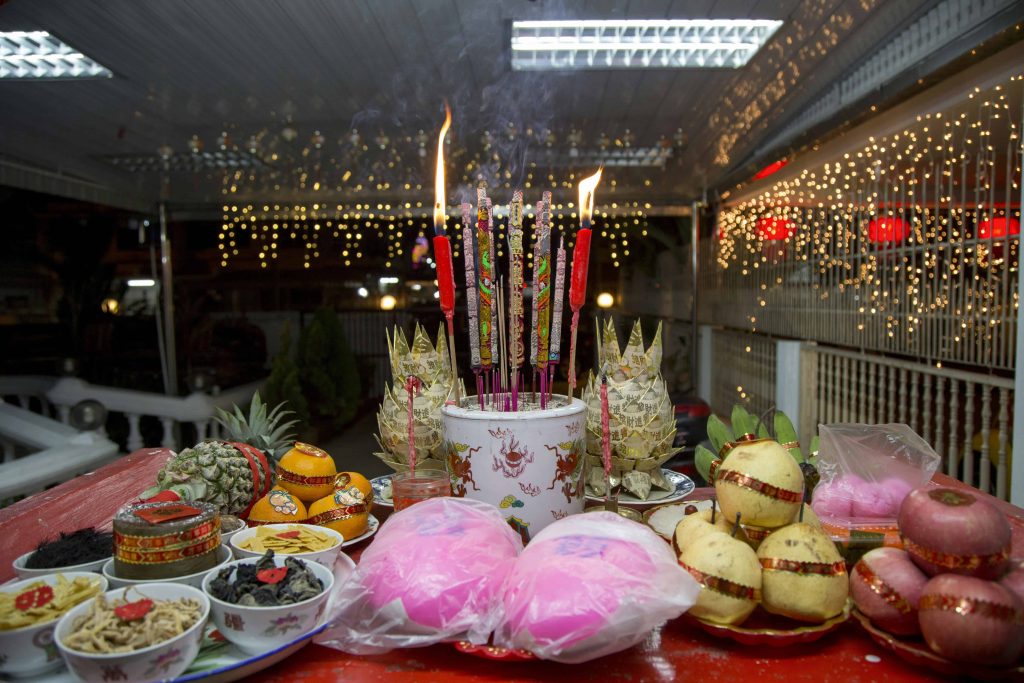The Cultural Meaning Behind Chinese New Year Foods in 2025

Explore the rich meanings behind dumplings, fish, and rice cakes this Chinese New Year.
Gong Xi Fa Cai! Celebrating the Year of the Dragon in a World of Lights

Gong Xi Fa Cai! Celebrating the Year of the Dragon in a World of Lights The echoes of laughter and firecrackers may have faded, but the spirit of Lunar New Year continues to resonate. With the Year of the Dragon still upon us, let’s delve deeper into the rich tapestry of this global celebration, exploring […]
